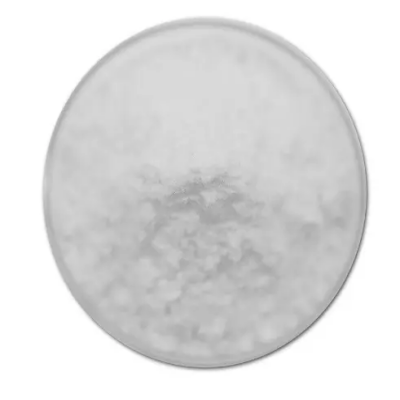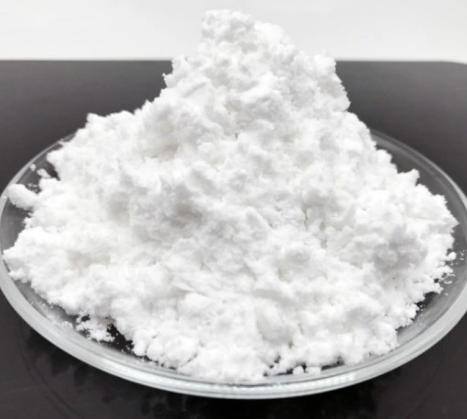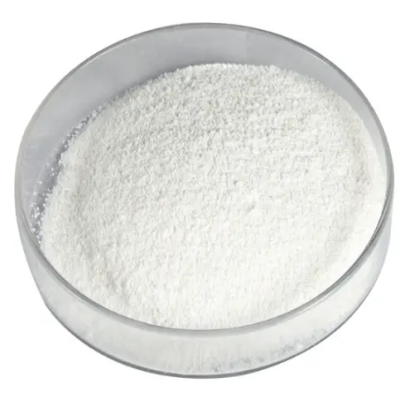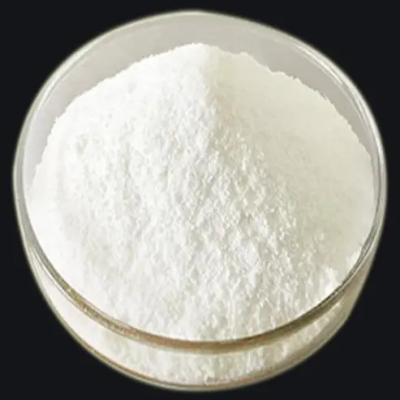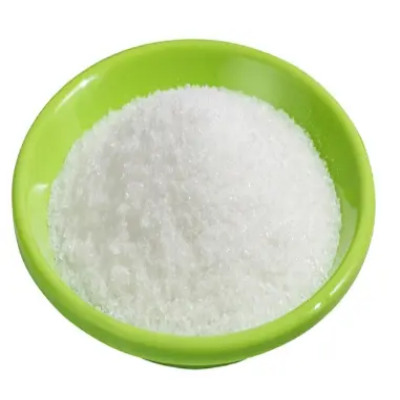2,3-dichloro-4-pyridineboronic acid CAS:951677-39-7
2,3-Dichloro-4-pyridineboronic acid serves as a versatile intermediate in various organic synthesis applications, especially in the formation of carbon-carbon bonds through Suzuki-Miyaura cross-coupling reactions. The presence of the boronic acid functional group allows this compound to act as a coupling partner with a wide range of aryl halides, facilitating the synthesis of complex molecules that are integral to drug discovery and development. In the pharmaceutical industry, derivatives of 2,3-dichloro-4-pyridineboronic acid have been investigated for their potential therapeutic effects. The chlorinated pyridine structure is known to influence biological activity, leading to the identification of compounds with significant anti-cancer, anti-inflammatory, and antimicrobial properties. Researchers are actively exploring these derivatives, optimizing their chemical structure to enhance efficacy and reduce side effects, thus paving the way for new drug candidates. Additionally, this compound has applications in the agrochemical sector, where it can be used to develop new herbicides and fungicides. The combination of chlorine substituents with the boronic acid moiety can enhance the selectivity and potency of agrochemical formulations, helping to protect crops from a variety of pests and diseases. This has implications for improving agricultural yield and sustainability. Moreover, 2,3-dichloro-4-pyridineboronic acid is also explored in materials science for the synthesis of functionalized polymers and nanomaterials. Its unique reactivity enables the creation of materials with tailored properties for applications in organic electronics, sensors, and advanced coatings. The ability to form dynamic covalent bonds makes this compound particularly useful in developing materials that require specific functionality. Furthermore, this compound can be utilized in the creation of fluorescent probes for bioimaging applications. By leveraging its unique chemical features, researchers can design sensitive detection systems to visualize biological processes at the cellular level, contributing to advancements in biochemical research. In summary, 2,3-dichloro-4-pyridineboronic acid is a significant compound in organic chemistry with diverse applications ranging from pharmaceuticals to materials science, emphasizing its role in advancing research and technology across multiple disciplines.






| Composition | C5H4BCl2N |
| Assay | 99% |
| Appearance | white powder |
| CAS No. | 951677-39-7 |
| Packing | Small and bulk |
| Shelf Life | 2 years |
| Storage | Store in cool and dry area |
| Certification | ISO. |




